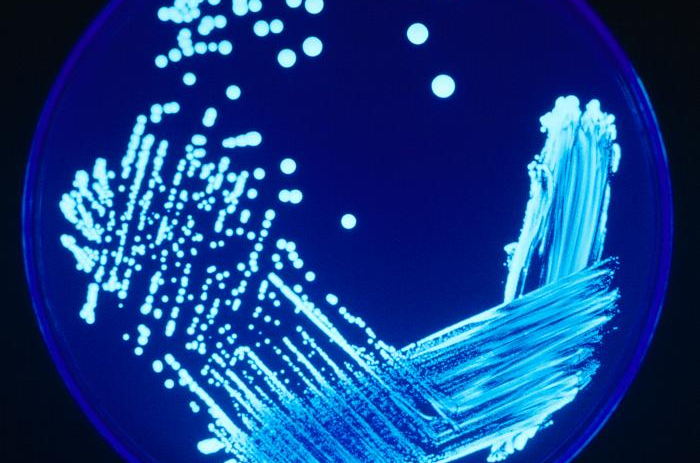Gene study helps explain Legionnaires' probe complications

Genetic research helps to explain why tracing the source of an outbreak of Legionnaires' disease that claimed four lives has proven to be more complicated than scientists hoped.
A DNA study of bacteria samples taken from patients infected during the 2012 outbreak in Edinburgh shows that it was caused by several subtypes of the bacteria.
The unexpected discovery means that tracing the source of this - and any future outbreaks - will be challenging, researchers say.
There were 92 confirmed or suspected cases during the outbreak in 2012 in addition to the four deaths.
In a bid to prove where the infection came from, attempts had been made to grow samples of Legionella - the bacteria that causes Legionnaires' disease - from water samples taken from the suspected source. Legionella is difficult to grow in the laboratory and attempts to do so during the Edinburgh investigation proved unsuccessful.
As an alternative approach, scientists led by the University of Edinburgh's Roslin Institute looked at the entire genetic code of bacteria samples taken from patients.
The team worked with colleagues from the University's Centre for Immunity, Infection and Evolution, the Royal Infirmary of Edinburgh and the Scottish Microbiology Reference Laboratories, NHS Greater Glasgow and Clyde.
They identified four subtypes of the bacteria that had probably existed at the source for many months before the outbreak, the scientists say.
The subtypes varied in their genes, which made some more likely to cause life-threatening symptoms of infection. Some patients were infected with more than one subtype.
These findings suggest that the severity of disease may be influenced by the bacteria itself, as well as known factors such as lung disease and smoking that make patients more susceptible to infection.
Legionella usually lives in water and is found in rivers, lakes and reservoirs in low numbers. Problems arise when the bacteria gets into purpose-built water systems in urban areas, such as cooling towers, air-conditioning units and spa pools. If the temperature rises and water starts to evaporate, the bacteria can be carried through the air and infect people in the surrounding area.
Strict health and safety laws governing the control and maintenance of water systems help to minimise the risk of disease outbreaks.
Professor Ross Fitzgerald, who led the study at The Roslin Institute, said: "Genetic analysis is a powerful tool to help us track outbreaks of infectious diseases. Unfortunately, our findings suggest that it may be very challenging to prove conclusively where the Edinburgh outbreak came from, which will make it difficult for investigators to prosecute those responsible."
Dr Paul McAdam, who was also involved in the study at The Roslin Institute, said: "If the observed genetic diversity of bacteria associated with the Edinburgh outbreak turns out to be typical of other outbreaks, the discovery could mean that the source of future infections will be equally difficult to trace."
The research is published in the journal Genome Biology.

















